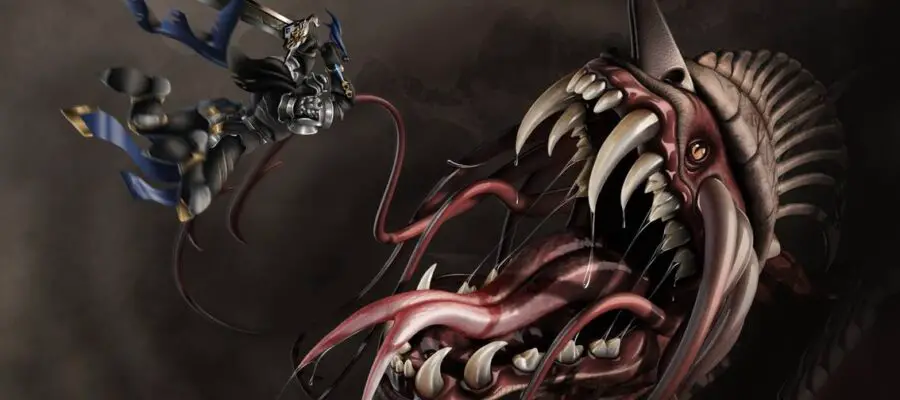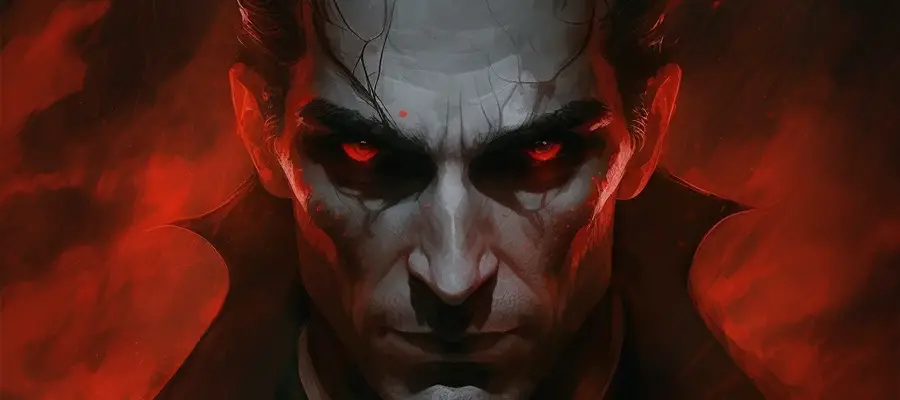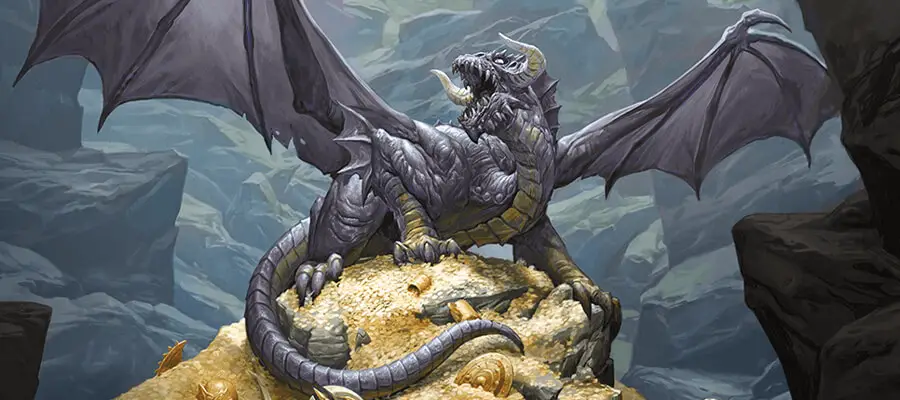Featured art “Boss Monster Fight Scene” by AlienOffspring. Creative Commons License.
This article contains affiliate links that add gold to our coffers.
This article was written by guest writer Seelie in collaboration with Flutes as editor.
Dungeons and Dragons Fifth Edition has a wide variety of dangerous monsters for a party of adventurers to encounter anywhere their journey takes them. Though monsters are dangerous, the DM doesn’t want to outright annihilate the party (no one would have fun). For this reason, most DMs rely on the Challenge Rating system of comparing one monster against a party of four adventurers. Guidance on encounter building and monster Challenge Ratings can be found in chapter three of the DMG (particularly beginning on page 81). I’m going to discuss the Challenge Rating system, where it falls short, and how it can be useful for DMs.
How Useful Is Challenge Rating?
It’s no secret that the CR system is imperfect. Complex, customizable games are destined to lack a seamless, universally applicable model. It rarely takes into account the abilities of monsters that can change the outcome of a combat quickly such as a group of three Shadows depleting the often dump stat Strength score to zero and killing a party of four level fives, despite Shadows only being CR 2 each. On the flip side, a CR 11 Horned Devil could face oblivion in a single round of combat against a savvy level-six party with a fortunate paladin blessed with a critical hit for an epic Divine Smite. These examples illustrate that the CR system is generalized for broadly applicable guidance, but it does not account for party composition, DM ruthlessness, or swingy abilities of individual characters and monsters.
To loosely quote Jack Sparrow, the rules of Dungeons and Dragons 5e are more like guidelines that any DM can freely ignore, follow, or modify. But tweaking any monster even a little bit could result in disaster. Poor monster homebrewing can make a battle so easy that the group becomes bored, or so difficult as to unavoidably result in the dreaded Total Party Kill. The balancing of monster stats is a thin tight rope walk that should be approached mindfully.
Reasons to Edit or Create Monsters
The decision to edit or create a monster could be made for any number of reasons, so your purpose is less important than your ability to homebrew reasonably, consistently, and mindfully.
- A Shadow Demon arises from a defeated Pit Fiend that had approached demigod status; even the shadow of such a powerful creature warrants a tougher challenge rating than the usual CR 4 Shadow Demon.
- A party visits a lost, overgrown jungle full of Displacer Beasts pack hunters. A high-level party would yawn at the paltry challenge offered by the standard Displacer Beast from the Monster Manual.
- Players face a monster that is an amalgamation of so many horrors that not giving it an entirely new stat block would cheapen the experience.
- The DM knows that the group’s players have all been dungeon masters themselves, so it’s necessary to homebrew monsters to keep things fresh or catch the players off guard.
- A gaming group wants to practice creating their own content.
Modifying Monsters with Context
As a DM, modifying monsters should make sense in the context of the world. What use does a modified T-Rex have for being able to cast Banishment? Was the dinosaur once a sorcerer that was cursed to assume the form of a dinosaur? Keep in mind that players (especially the ones that have memorized the Monster Manual) will notice changes you make; any changes made need to make sense within the context of the story, not because the party needs a challenge. If you modify a monster specifically to counter the party for the sake of countering the party, it will be noticed, and your player’s will feel robbed of a rich combat experience. Avoid modifying monsters if smashing characters is your only intent behind your modifications.
Some hobbyists don’t enjoy admitting it, but being a player in Dungeons and Dragons is a power fantasy at its core. Players want to feel powerful, unique, and strong enough to overcome the odds. Taking that away from them will not make the game fun, which is the game’s goal for DM and player alike. Players want to take chances that are occasionally rewarded by the dice gods, resulting in epic successes that make them jump from their seats to collectively declare “Booya!” for the neighbors to hear. Modifying or creating a new monster should enhance the party’s journey and the players’ shared experience, not pound them into the dirt for the sake of reminding them who’s really in charge.
Patiently Experiment with CR for Practice
The Monster Manual is full of unique and interesting monsters with plenty of flavor text to justify their existence. For all its issues, the CR system typically reliable from levels 5-12 or so, and can be loosely followed as a general rule. Sometimes your DM prep time is limited, so plucking an appropriate creature from the book is the safest method for giving your players something to do. If anything, the CR balancing system can give you a starting point to build on.
I’d recommend that only experienced DMs who know their party’s capabilities should heavily modify stat blocks or create new monsters without reference. If you’re getting started as a DM, or you’re just new to modifying monsters and rules, take baby steps with your modifications. Seek feedback from trusted friends who know the game well. Experiment with beefing up monster AC a tad, or give them extra hit points (I swear they get eaten through so fast), or even give simple abilities like Pack Tactics to low CR monsters to give them a swarming vibe. Learn and develop your abilities slowly. Helter-skelter changes behind the DM screen can lead to a sudden change in the party’s enjoyment of the game.
-Seelie
More Content for You Before You Go!
What are your thoughts on the Challenge Rating system? Cast Message in the comments below to let guest writer Seelie and regular writer Flutes know how you handle CR. For more DM tips, check out more articles linked below:



